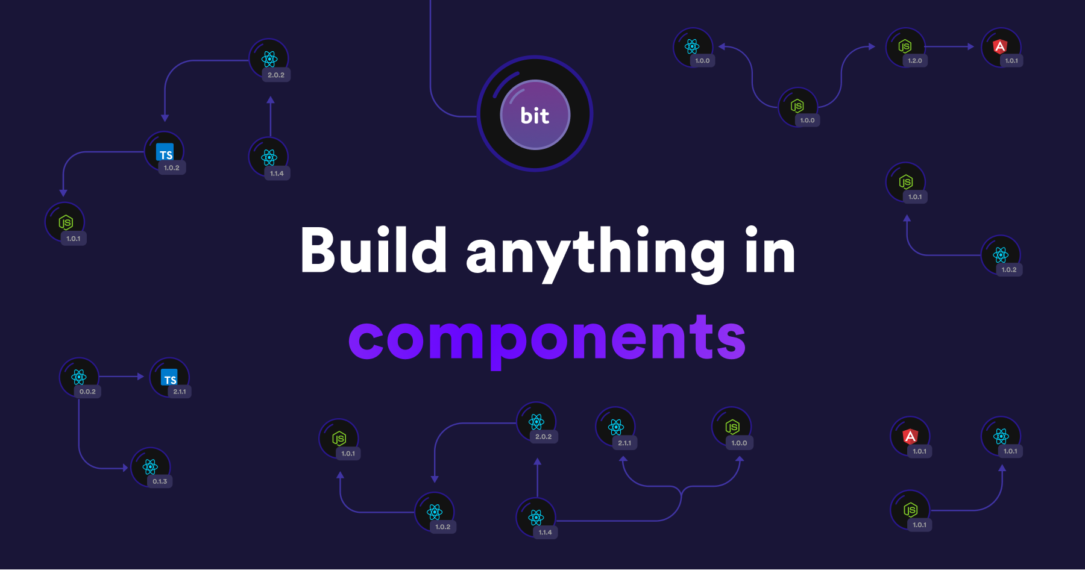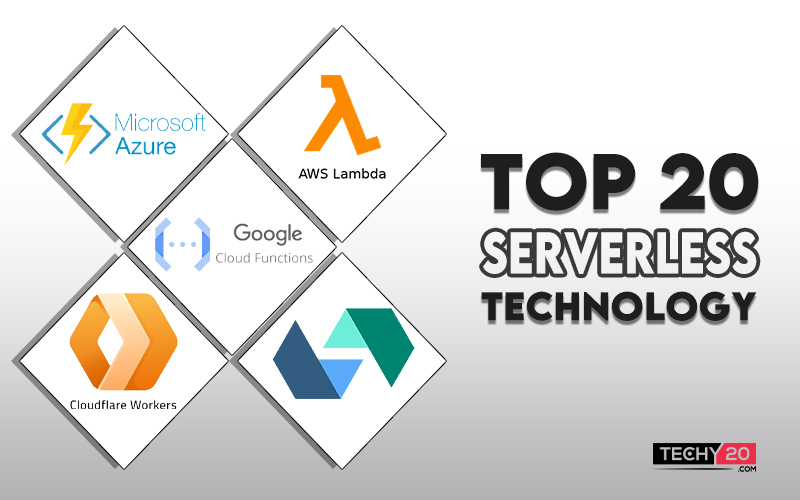Servers play an important role in maintaining computer-based programs. A cloud-native development methodology called serverless enables developers to create and execute programs without worrying about managing servers. In serverless, servers still exist, but they are separated from the app development process. Although servers are still involved in offering these backend services, the term “serverless” is somewhat deceptive because the vendor is in charge of all infrastructure and server space issues. Developers can complete their tasks without having to bother about servers thanks to the term “serverless.”
1. AWS Lambda
The most complete and widely used cloud platform in the world, Amazon Web Services (AWS), provides over 200 fully functional services from data centers worldwide. AWS is made to enable suppliers, ISVs, and application providers to swiftly and effectively host your apps, whether they are SaaS-based or not.

2. Microsoft Azure Functions
Azure, sometimes known as Microsoft Azure, is a platform for cloud computing run by Microsoft that offers access to, management of, and production of applications and functions through globally dispersed data centers. It offers infrastructure, hybrid cloud, data and analytics, application development, and artificial intelligence.
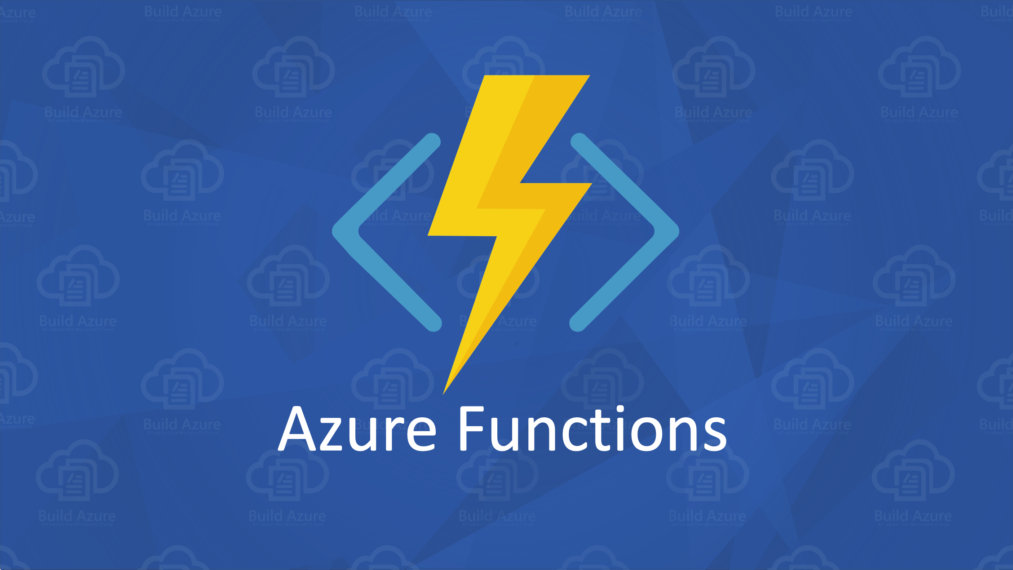
3. Google Cloud Functions
The Google Cloud Platform is a collection of services for cloud computing that Google offers. It employs the same internal architecture as Google for its consumer products, including Google Search, Gmail, Drive, and YouTube. Along with cloud management, security, and developer tools, Google Cloud also provides services for computing, storage, connectivity, big data, machine learning, and the Internet of Things.
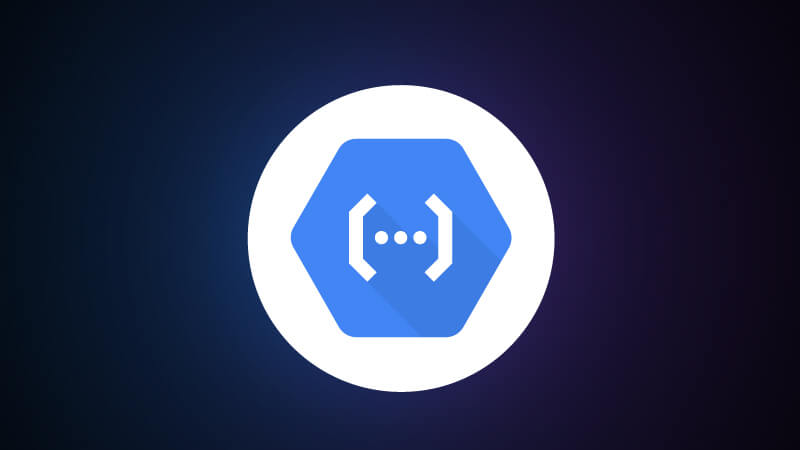
4. Cloudflare Workers
Through Cloudflare Workers, a framework for creating and deploying JavaScript programs that operate on the Cloudflare edge network, Cloudflare offers serverless computing services. Application speed can be improved by running code as close to the final user as possible at the edge. Each Worker can alter and react to HTTP requests.
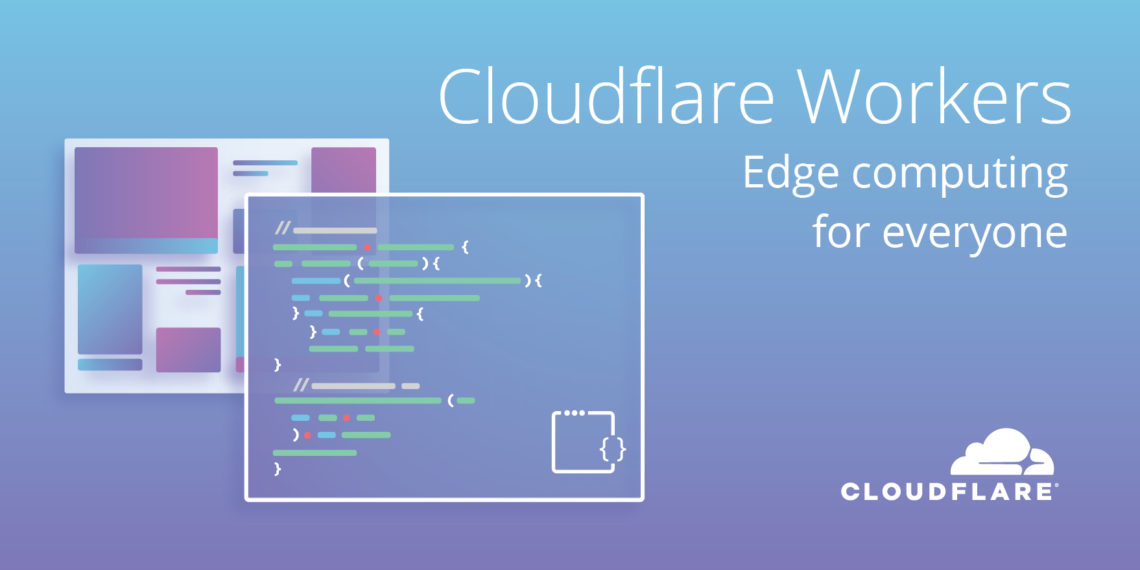
5. Netify Functions
You may run a local build, install local plugins, or deploy your site using Netlify CLI. You can even host a private development server which you can access with others. The Node-based CLI was completely rewritten for version 2.0 to enhance the site creation process.

6. Vercel Functions
With the help of serverless functions, developers may create custom Slack commands, handle the authentication process of the user, form submissions, database searches, and more. These functions are present with your code and included in your Git process.
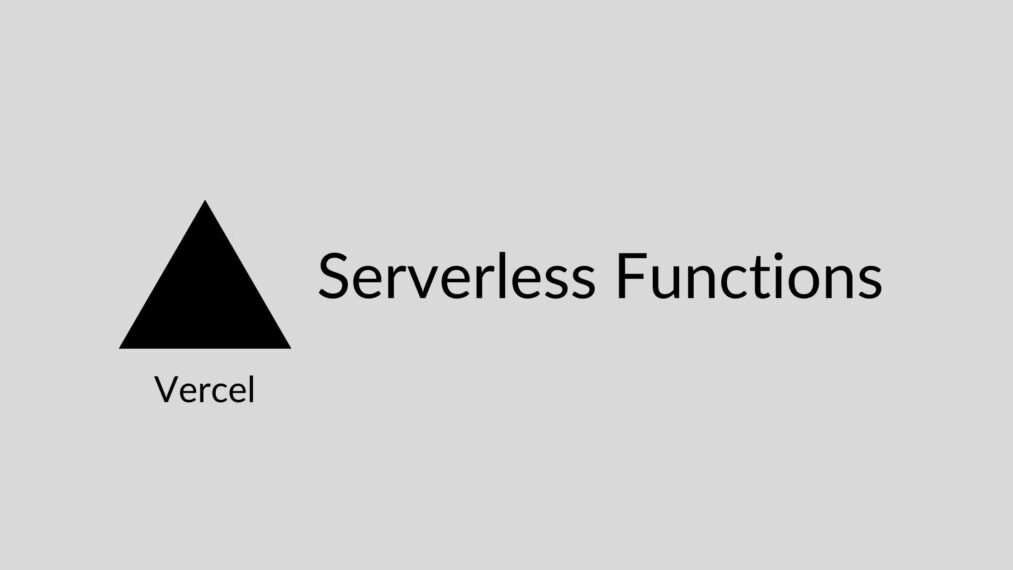
7. IBM OpenWhisk
A cloud application creation and execution methodology known as “serverless” enables developers to write and run code without having to manage servers or pay for unused cloud hardware. Use IBM Cloud Functions which is the company’s function-as-a-service (FaaS) solution, for serverless programming. Without building or managing servers, you may use Cloud Functions to execute application logic in reaction to events or direct requests from mobile or web apps through HTTP.
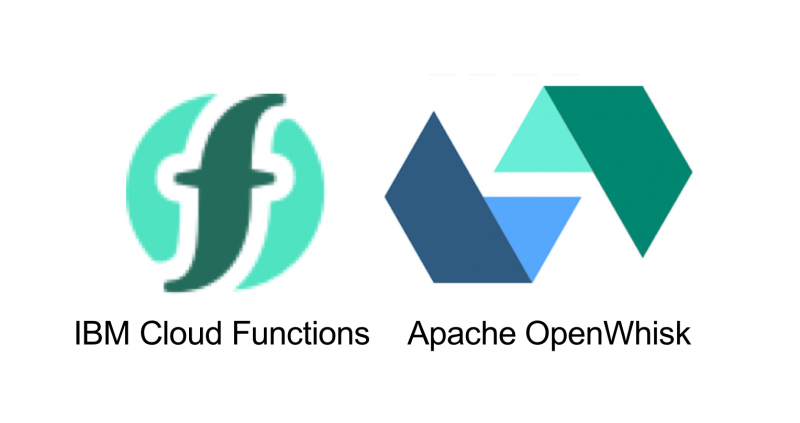
8. Amazon Dynamodb And Aurora Serverless
Amazon As a part of the Amazon Web Services lineup, DynamoDB is a fully managed, licensed NoSQL database service that handles key-value and document data types. Although DynamoDB has a distinct underlying technology, it uses a similar database structure to Dynamo and takes its name from it.
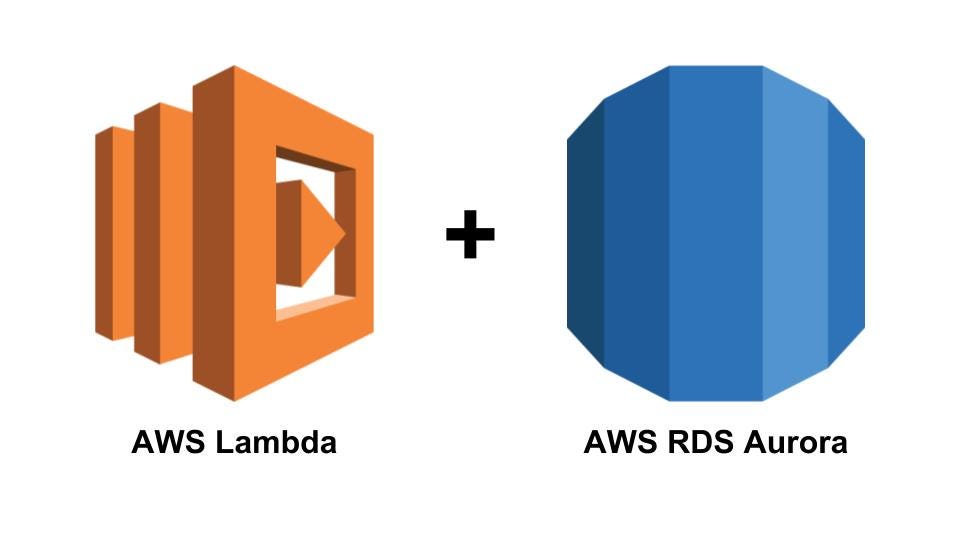
9. Management AuthO
Auth0 accommodates all identity-related needs with a variety of integrations. For instance, Auth0 has already outpaced its rivals in Single Sign-On compatibility for foreign authentication management and a provider. In most cases, consumers also take the application’s ecosystem and identification solution into account.
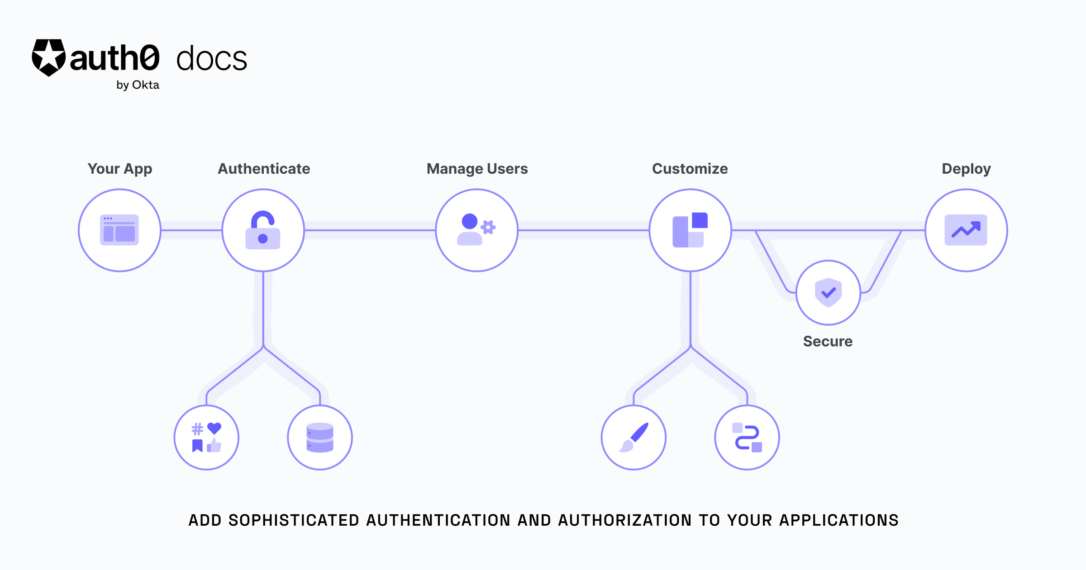
10. Planetscale
You can get scale, performance, and stability with PlanetScale, a serverless database compatible with MySQL, without sacrificing the developer experience. Without the hassle of creating them, PlanetScale gives you access to the ability of horizontal workloads, non-blocking schema changes, and numerous other powerful database capabilities. Vitess, an open-source MySQL database clustering solution, is the foundation upon which PlanetScale is constructed. As a result, MySQL databases are the only ones that work with PlanetScale.

11. MomgoDB Atlas Serverless
To accommodate any workload pattern, MongoDB Atlas supports both serverless and pre-provisioned installations. Depending on your application, choose between paying for consumption or reserving a specific capacity. Pay-per-operation pricing is available for serverless instances, which means you only charge for the Processing Units and storage used by your database and indexes during database operations.
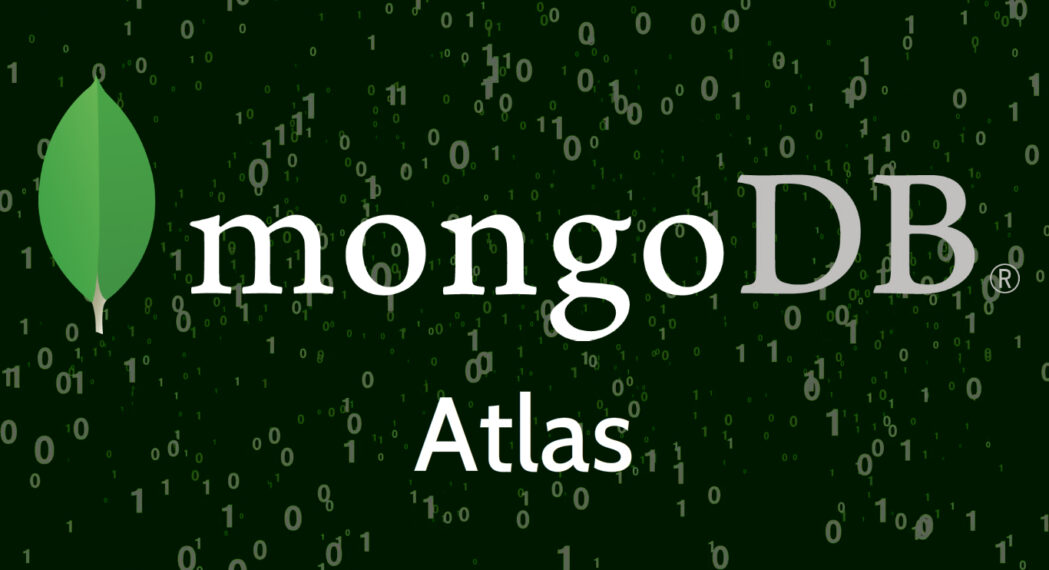
12. Cockroachdb Serverless
To provide you with the relational databases of the future, CockroachDB developed a serverless edition of CockroachDB. Like a genuinely elastic, consumption-based next-generation PostgreSQL with scaling and pricing. Never again stress deployment, scaling, maintenance, provisioning, or high availability.
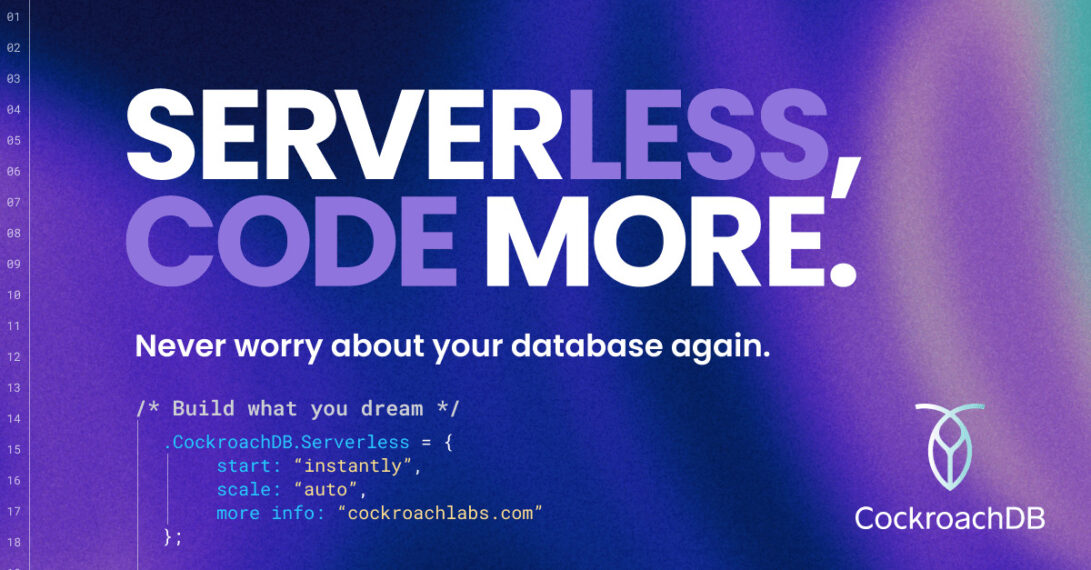
13. Fauna
A shared document-relational database called Fauna is made available as a cloud API. Create new applications or port over existing ones to Fauna, then scale without bothering about management. Access to the globally dispersed document-relational database is provided using a safe cloud API. Fauna blends native GraphQL with native NoSQL, relational querying capabilities, ACID consistency of SQL systems, and cloud API delivery to eliminate the need for operations management.

14. Deno Deploy
One of the numerous serverless JavaScript computing alternatives is Deno Deploy, which enables programmers to deploy code without needing to manage a server. It is a highly effective distributed system that scales the execution of JavaScript, TypeScript, and WebAssembly. To deliver optimal speed without needless intermediate abstractions, the service tightly connects the V8 JavaScript engine with a highly efficient asynchronous web server.
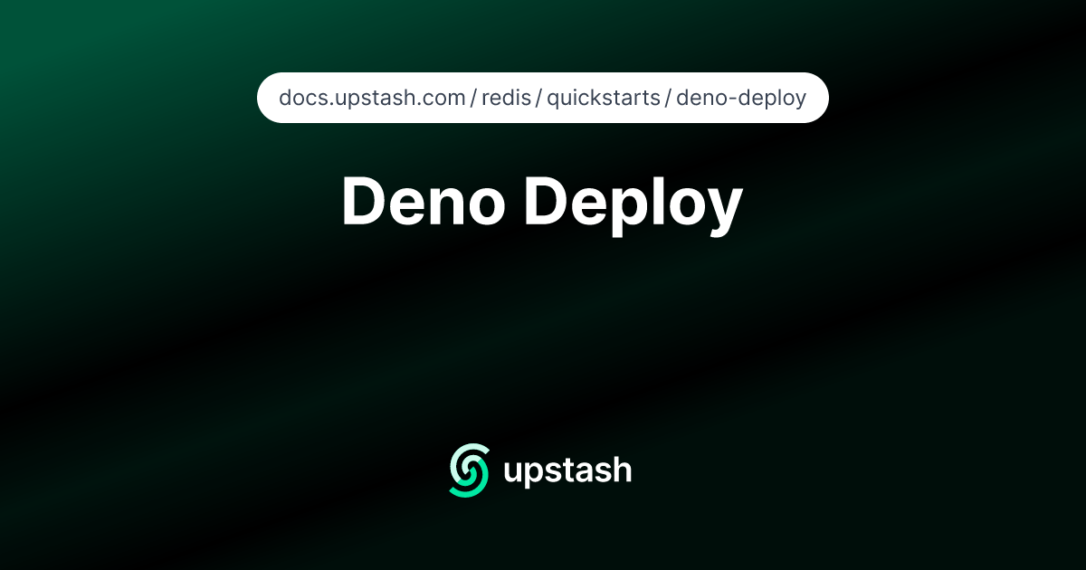
15. Prisma Data Proxy
You can monitor and scale database access for applications that use Prisma ORM in serverless settings with the help of the Data Proxy in Prisma Data Platform, which also offers load balancing, scalability, and fault tolerance. This functionality is combined with several features that make using it in production easier, especially in serverless and edge contexts, by the Prisma Data Platform.
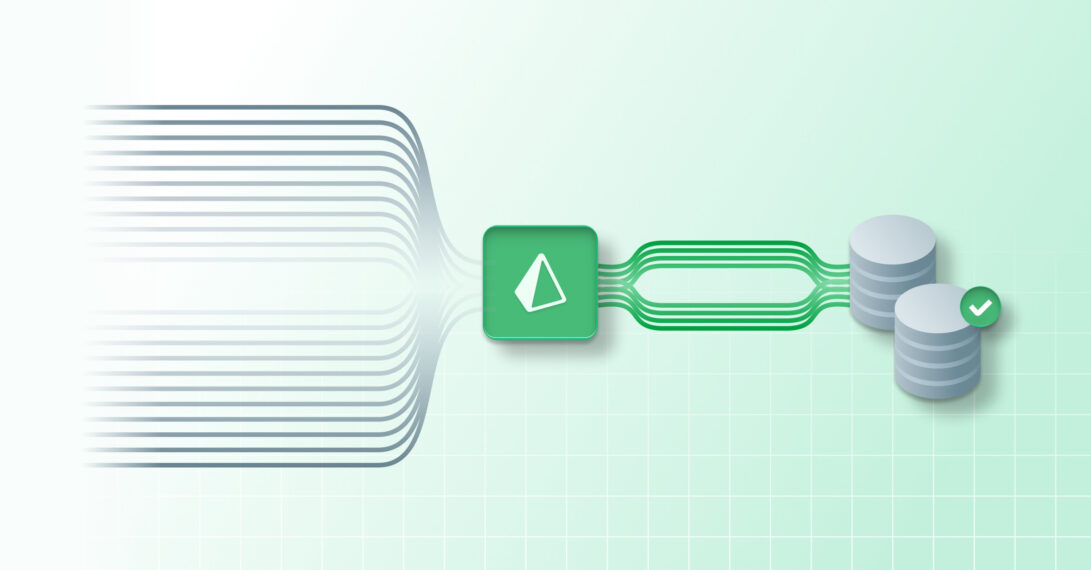
16. Real-Time Data Of Pubnub
It’s crucial to think about web socket communication if you’re developing real-time application features like chat messaging, real-time notifications, and so on. It is far more convenient to move forward with solutions like PubNub, which offers end-to-end message delivery at scale, rather than installing web sockets and managing the scalability.
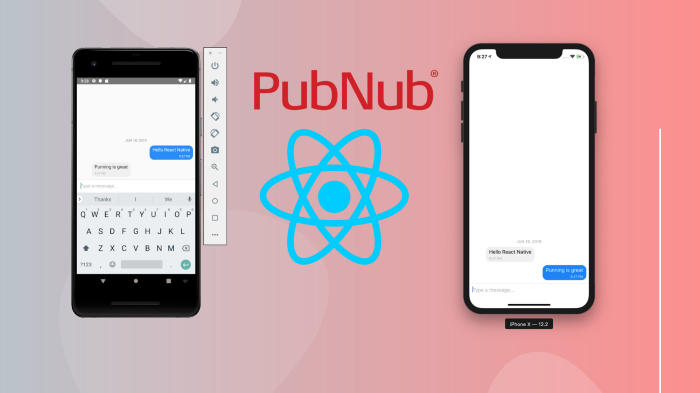
17. Content Management
With the division of content maintenance and content presentation, content management has changed its direction in favor of headless solutions. The top headless content management system, Contently CMS, provides all the features in one location. It offers the ability to customize the content management dashboard and a feature-rich API that can accommodate all requirements for content management and distribution.

18. Chatbots By Slack
A bot is a specific Slack app made to converse with users. A bot can utilize the same APIs as a normal app and perform all the same wonderful tasks as a Slack app, just like a regular app.
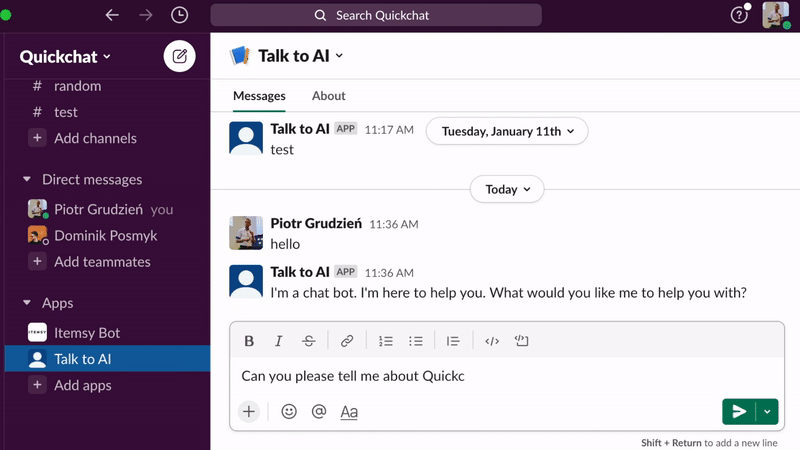
19. IOT-Based Smart Vending Machines By Coca-Cola
Customers can have exceptional shopping experiences thanks to smart vending machines. They show high-quality product images and animations on touchscreen displays with high definition. International corporation Coco-Cola improved its business by creating IoT-based smart vending machines featuring serverless capabilities.

20. Bit.Dev
A well-known hub for cloud componentry is Bit.dev. In essence, it serves as a location for the sharing, planning, and collaboration of individual JS components. Bit, an open-source solution for separate versioning and publication of elements for any codebase to Bit.dev’s private registry, seamlessly integrates with Bit.dev. Recent developments from Bit.dev include automated PRs to Github initiatives that use shared components.
